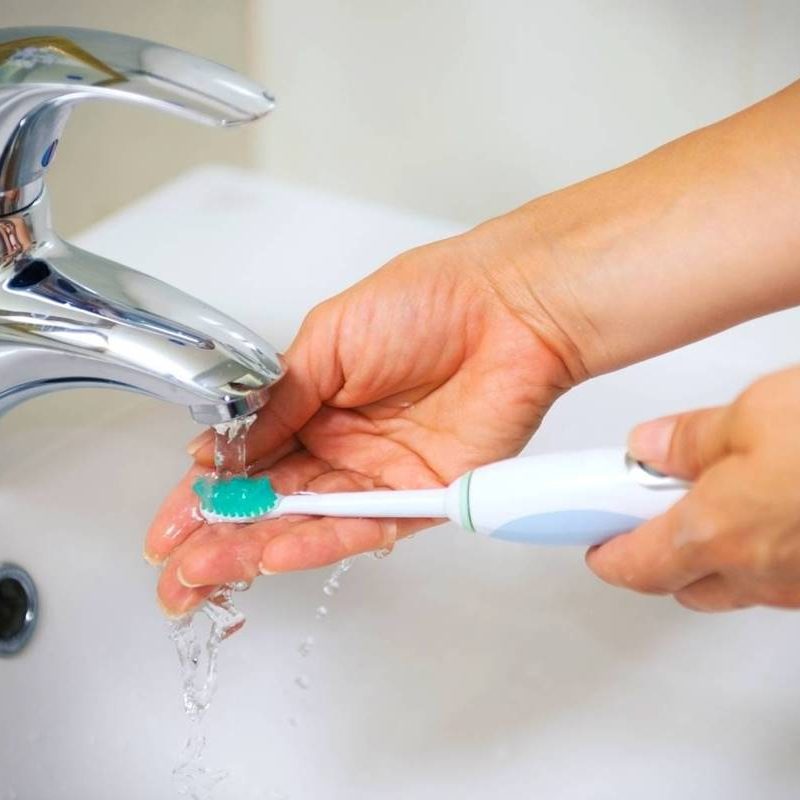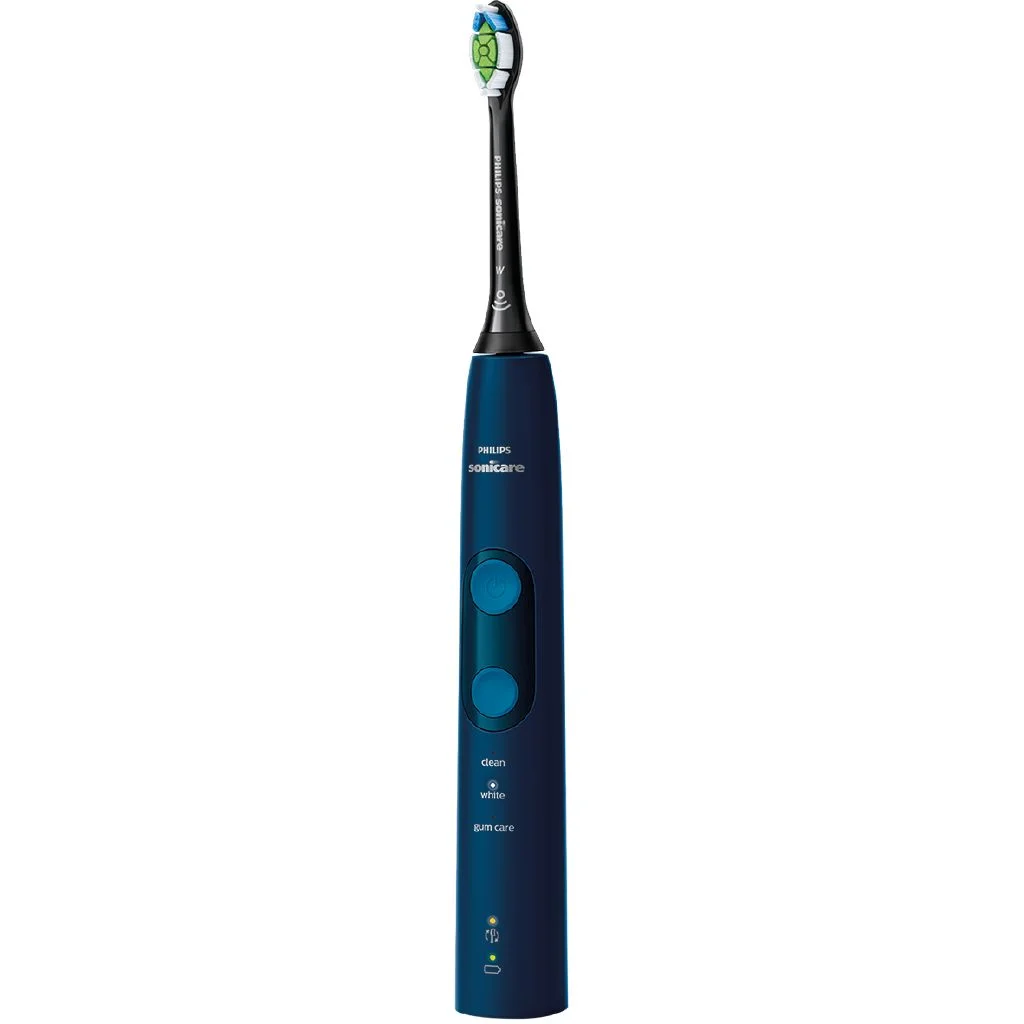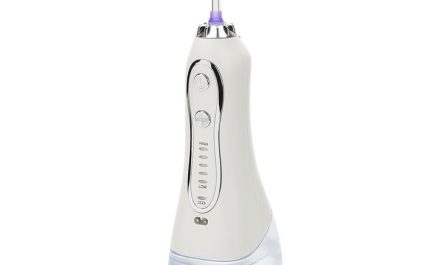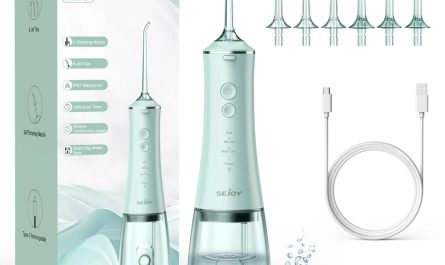Introduction: How to Clean Oral B Electric Toothbrush
Maintaining oral hygiene extends beyond regular brushing; it encompasses the care and maintenance of your dental tools, especially your Oral B electric toothbrush. Proper cleaning of your electric toothbrush is essential to ensure its longevity, effectiveness, and to prevent the buildup of bacteria and other harmful microorganisms. This comprehensive guide will walk you through detailed steps and best practices on how to clean an Oral B electric toothbrush, ensuring it remains a vital tool in your daily oral hygiene routine.
Understanding the Importance of Cleaning Your Electric Toothbrush
Why Regular Cleaning Matters
Electric toothbrushes, like the Oral B model, are sophisticated devices that provide enhanced cleaning capabilities. However, their intricate designs and multiple components can harbor bacteria, plaque, and other debris if not cleaned properly. Regular cleaning not only prolongs the life of your toothbrush but also ensures that you maintain optimal oral health by preventing infections and maintaining effective brushing performance.
Risks of Neglecting Toothbrush Hygiene
Failure to clean your toothbrush regularly can lead to various health issues. Accumulated bacteria can cause gum disease, bad breath, and even systemic infections if harmful bacteria enter your bloodstream. Additionally, a dirty toothbrush can wear out the bristles faster, reducing its effectiveness in removing plaque and protecting your teeth and gums.
Step-by-Step Guide to Cleaning Your Oral B Electric Toothbrush
Daily Cleaning Routine
1. Rinse and Dry the Brush Head:
After each use, thoroughly rinse the toothbrush head under running water to remove toothpaste residue and debris. Shake off excess water and place the brush head in an upright position to air dry. Ensure it is not left in contact with surfaces that can harbor bacteria, such as bathroom sinks.
2. Wipe the Handle:
Use a clean, damp cloth to wipe down the handle of your Oral B electric toothbrush. Pay special attention to the areas where the brush meets the charging base, as moisture can accumulate and lead to mold or mildew growth.
Weekly Deep Cleaning
1. Soak in Antibacterial Solution:
Once a week, soak the toothbrush head in a mixture of equal parts water and white vinegar or an antibacterial solution recommended by Oral B. This helps kill bacteria and remove stubborn plaque buildup. After soaking for about 15-20 minutes, rinse thoroughly with water.
2. Clean the Charging Base:
Unplug the charging base and wipe it with a damp cloth. Use a cotton swab dipped in rubbing alcohol to clean around the contact points where the toothbrush charges. This removes any residue that could affect the charging efficiency.
Monthly Maintenance
1. Inspect for Wear and Tear:
Regularly check the brush head for signs of wear, such as frayed bristles or deformities. Replace the brush head every three months or sooner if you notice significant wear, as a worn brush head is less effective and can harbor more bacteria.
2. Replace the Battery or Unit if Necessary:
If your Oral B electric toothbrush is battery-operated and the battery life is diminishing, consider replacing the battery or the entire unit to maintain optimal performance. Refer to the manufacturer’s guidelines for specific instructions on battery replacement.
Advanced Cleaning Techniques
Using Hydrogen Peroxide
Hydrogen peroxide is a powerful disinfectant that can be used to sanitize your toothbrush. Mix equal parts of hydrogen peroxide and water in a cup, and soak the toothbrush head for about 30 minutes. Rinse thoroughly before using it again. This method effectively eliminates bacteria and ensures your toothbrush remains hygienic.
UV Sanitizers
Investing in a UV sanitizer designed for toothbrushes can provide an extra layer of protection. These devices use ultraviolet light to kill bacteria and viruses on the toothbrush head, ensuring a deep clean beyond regular rinsing and soaking. Follow the manufacturer’s instructions for optimal results.
Dishwasher Cleaning
Some Oral B electric toothbrush models are dishwasher-safe, particularly the brush heads. Confirm with the user manual before placing any part of the toothbrush in the dishwasher. If approved, place the brush head on the top rack to avoid damage from high heat and strong detergents used in dishwashers.
Preventative Measures to Maintain Toothbrush Hygiene
Proper Storage Practices
Store your electric toothbrush in an upright position to allow it to air dry completely between uses. Avoid sharing your toothbrush with others to prevent cross-contamination. Additionally, keep the toothbrush away from the toilet area to minimize exposure to airborne bacteria.
Avoiding Contamination
Do not dip your toothbrush in the toilet or let it come into contact with dirty surfaces. Use a toothbrush cover if you need to transport it to prevent contamination from external environments. Ensure that family members use their own toothbrushes to maintain individual oral hygiene.
Regular Replacement Schedule
Adhering to a regular replacement schedule is crucial. Replace the brush head every three months or as recommended by Oral B. Additionally, replace the entire toothbrush every two years or sooner if it shows signs of significant wear and tear. Regular replacement ensures that your toothbrush remains effective and hygienic.
Troubleshooting Common Cleaning Issues
Persistent Plaque Buildup
If you notice persistent plaque buildup despite regular cleaning, consider brushing your teeth more thoroughly or consulting a dental professional. Additionally, ensure you are using the correct brushing technique with your Oral B electric toothbrush, as improper use can reduce its effectiveness.
Mold and Mildew Growth
Mold and mildew can develop if the toothbrush is not dried properly. To prevent this, ensure the toothbrush is stored in a well-ventilated area and wipe it down after each use. If you find mold or mildew, sanitize the toothbrush head with an antibacterial solution or replace it if the growth is extensive.
Unpleasant Odors
Unpleasant odors may indicate bacterial growth or residue buildup. To eliminate odors, perform a deep clean using vinegar, hydrogen peroxide, or an antibacterial soak. Regular maintenance and proper drying can prevent odors from developing in the first place.
Best Practices for Long-Term Maintenance
Regular Inspection
Frequently inspect your toothbrush for any signs of damage or wear. Look for frayed bristles, loose parts, or any unusual changes in the toothbrush’s performance. Addressing issues early can prevent further damage and maintain the toothbrush’s effectiveness.
Using Quality Replacement Parts
Always use genuine Oral B replacement brush heads and parts. Using third-party or incompatible parts can compromise the toothbrush’s performance and may lead to premature wear or malfunction. Genuine parts are designed to work seamlessly with your Oral B electric toothbrush.
Maintaining the Charging Station
Keep the charging station clean and free of debris. Regularly lift the toothbrush off the charger to allow airflow and prevent moisture buildup. Ensure the charging base is placed in a dry, safe location away from water sources to avoid electrical issues.
Eco-Friendly Cleaning Alternatives
Natural Cleaning Agents
Opt for natural cleaning agents like baking soda or essential oils to clean your toothbrush. Baking soda can be used as a gentle abrasive to remove stains and bacteria, while essential oils like tea tree oil have natural antibacterial properties. Mix a small amount with water to create a paste and gently scrub the toothbrush handle and head.
Sustainable Storage Solutions
Choose eco-friendly toothbrush storage options, such as bamboo toothbrush holders, which are biodegradable and sustainable. Avoid plastic covers that can trap moisture and harbor bacteria. Proper storage not only maintains hygiene but also reduces environmental impact.
Recycling Old Toothbrushes
When it’s time to replace your toothbrush, consider recycling programs offered by Oral B or other organizations. Many programs accept used toothbrushes and recycle the materials responsibly, reducing waste and promoting environmental sustainability.
Additional Tips for Maximizing Toothbrush Longevity
Avoiding Extreme Temperatures
Do not expose your toothbrush to extreme temperatures, such as leaving it in a hot car or near a heater. Excessive heat can warp the toothbrush handle and damage the bristles. Similarly, avoid freezing temperatures that can affect the electrical components of the toothbrush.
Gentle Handling
Handle your Oral B electric toothbrush with care to prevent accidental drops or impacts that can damage the device. Avoid twisting or pulling the brush head, as this can loosen connections and reduce the effectiveness of the toothbrush.
Using the Correct Charging Practices
Follow the manufacturer’s guidelines for charging your toothbrush. Avoid overcharging by removing the toothbrush from the charging base once it is fully charged. Overcharging can reduce battery life and potentially cause overheating.
Integrating Cleaning into Your Daily Routine
Setting a Cleaning Schedule
Incorporate toothbrush cleaning into your daily routine by setting reminders to rinse and dry the brush after each use. Allocate time weekly for deep cleaning and monthly for inspections and replacements. Consistency ensures that your toothbrush remains clean and effective.
Educating Family Members
Ensure that all family members understand the importance of cleaning their electric toothbrushes. Educate them on proper cleaning techniques and establish shared practices for maintaining toothbrush hygiene. This promotes a healthier household and prevents the spread of bacteria.
Combining with Other Oral Hygiene Practices
Integrate toothbrush cleaning with other oral hygiene practices, such as flossing and rinsing with mouthwash. A comprehensive approach to oral care ensures maximum benefits and maintains overall oral health.
 Final Thoughts
Final Thoughts
In conclusion, understanding how to clean Oral B electric toothbrushes is fundamental to maintaining both the effectiveness of the toothbrush and your oral health. Regular cleaning, proper storage, and timely replacement of brush heads are essential practices that ensure your toothbrush remains a reliable tool in your daily hygiene routine. By following the detailed steps and best practices outlined in this guide, you can safeguard your oral health, extend the life of your Oral B electric toothbrush, and enjoy a consistently clean and hygienic brushing experience. Remember, a clean toothbrush is a cornerstone of a healthy smile, so make it a priority in your daily routine.




